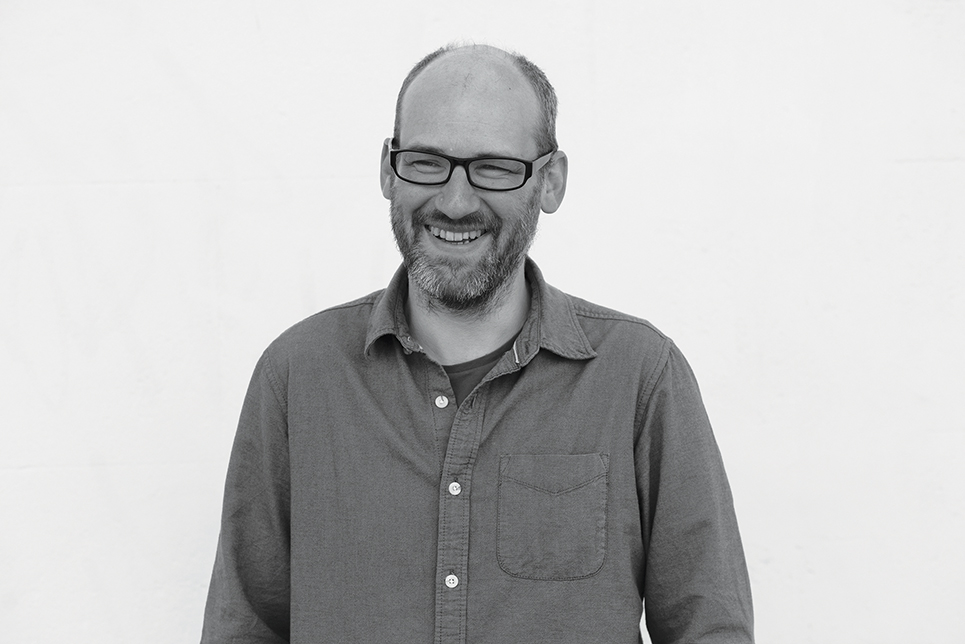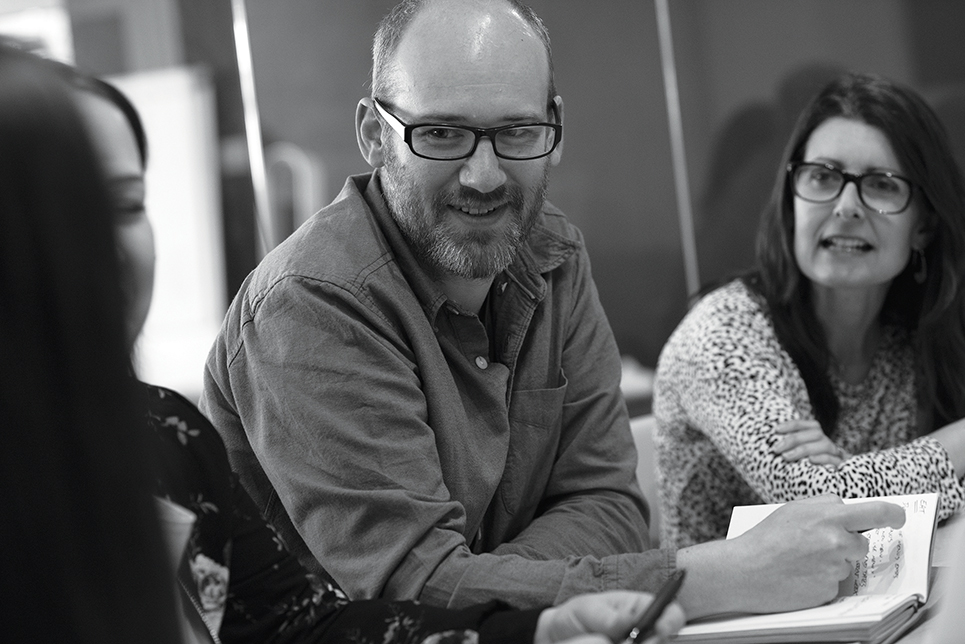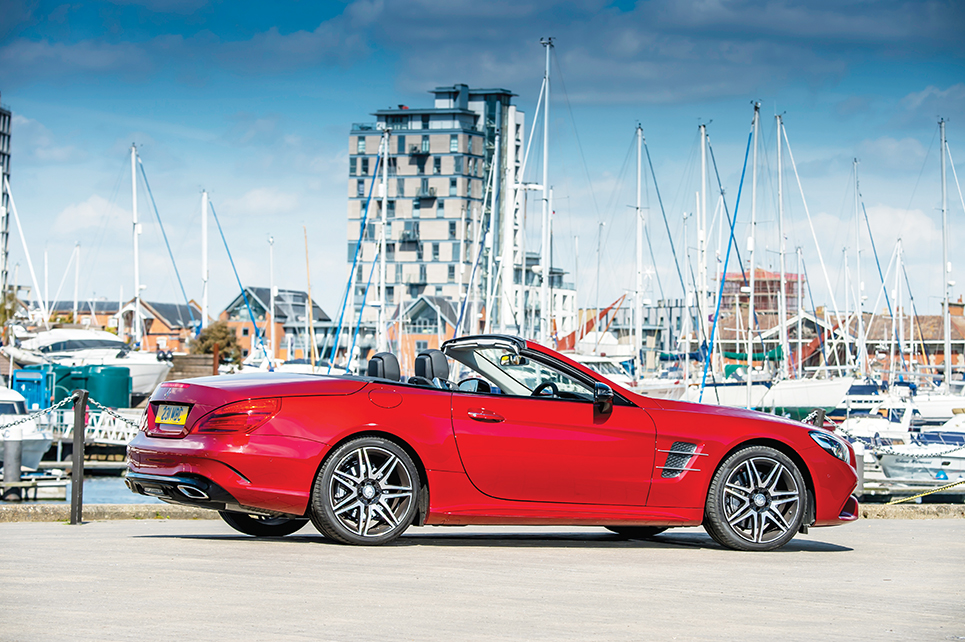
My website seems to take a long time to load up. How can I improve the speed of the site?
There are many things that can contribute to a slow loading web page, but in my experience the culprit is most often the use of images that are much bigger than they need to be. Most well made sites will resize your images for you but it is still worth taking a bit of time to optimise your images before you upload them.
Images for the web are always RGB and 72dpi (as opposed to print, which uses CMYK at 300dpi). Depending on the context, an average sized image will be between 800 to 1200 pixels wide, but a photo taken straight from a digital camera can be anything up to 7000 - this results in a larger file size and longer loading times. If your image is more than a megabyte, it’s probably a bit too big; if it’s 10mb, it’s way too big!
We use Photoshop for resizing and cropping, but most computers come bundled with software that can do this, such as Preview on a Mac or Photos on Windows.
A great online resource for reducing file size without losing quality is tinypng.com. You can upload up to 20 jpeg or PNG images at a time and it will compress them for you.
How can I encourage people to stay on our website for longer?
The first thing is to stop encouraging them to leave! If you link away from your site too readily, then don’t be surprised if your site visitors don’t return. It’s fine to link to other sites but make sure to set the links to open in a new window or tab (this is usually referred to as the ‘target’). This way your site will remain open and they can easily pick up where they left off.
Secondly, don’t annoy or confuse your visitors. Here are some examples:
Large pop-ups in the middle of the screen asking you to sign up to something or complete a survey before you’ve even read the first sentence.
Videos that autoplay (with sound)
Linking to other websites directly from the main menu.
Clickbait (number 6 will shock you...)
Navigation that takes you round in circles.
The best thing is to give your visitors everything they need and show them why they don’t need to leave your site, then provide an easy call-to-action such as a contact form, call-back request or simple link to your contact page. Provide a site-wide search feature and categorise your content so it is easy to find. If you have a lot of content, show related pages at the end of your articles to keep the reader engaged.
Overall, focus on useability. If your visitors have to ‘figure out’ how to use your website, then they won’t stick around.
If you have a question for Steve please email ask@whitespace.studio






